HVAC
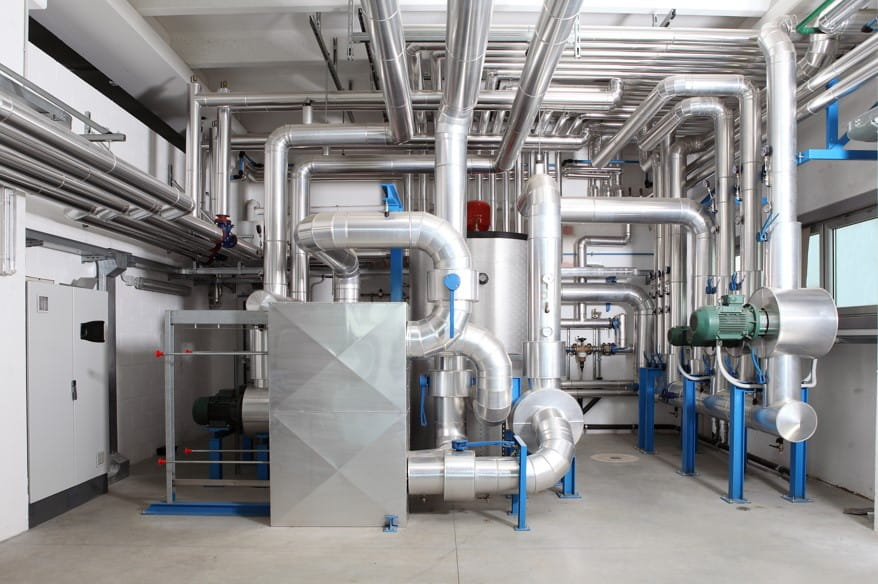
Application, Material Selection, and Advantages of KDP Plate Heat Exchangers in HVAC Systems
Plate heat exchangers (PHEs) are widely used in HVAC (Heating, Ventilation, and Air Conditioning) systems due to their high efficiency, compact design, and flexibility. Below is a detailed analysis of their specific applications, plate/gasket material selection, comparisons with other heat exchangers, and key advantages, supported by real-world examples.
Specific Applications of KDP PHEs in HVAC and Material Selection
PHEs are used in various HVAC applications, each requiring specific plate and gasket materials based on operating conditions.
Chiller and Heat Pump Systems——Applications
Heat exchange between cooling water (32~37°C) and refrigerant (high-temperature gas).
Transferring low-grade heat from air/ground sources to heating water in winter.
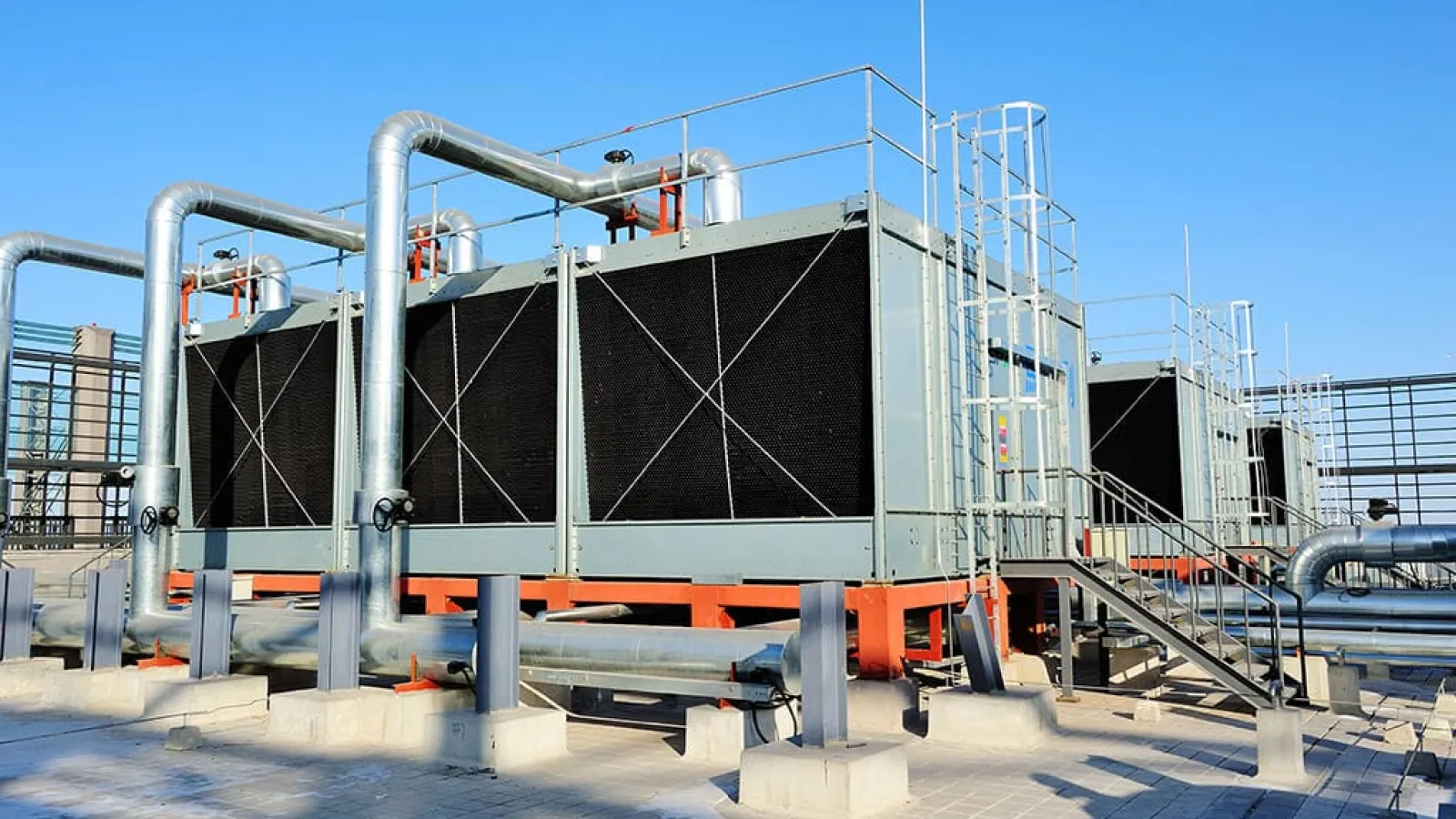
Chiller and Heat Pump Systems——Material Selection
KDP PHEs vs. Other Heat Exchangers (Shell-and-Tube / Finned-Tube)
(1) Comparison with Shell-and-Tube Heat Exchangers
Example:
PHEs achieve 30%+ energy savings compared to shell-and-tube.
PHEs save 50% space while improving efficiency.
Comparison with Finned-Tube Heat Exchangers (Air-Cooled)
Example:
PHEs are 20% more efficient than finned-tube exchangers.
PHEs handle high-temperature fluids better than air-cooled units.
Key Advantages of KDP PHEs in HVAC
Turbulent flow design: 3–5x higher heat transfer than shell-and-tube.
Case: Office building saves 150,000 kWh/year with PHE heat recovery.
1/3 the size of shell-and-tube exchangers.
Case: Hospital retrofit saves 40% space by switching to PHEs.
Adjustable plate count: Adapts to changing loads.
Case: Shopping mall reduces plates in winter to lower pressure drop.
Removable plates: Easy cleaning for scaling-prone systems.
Case: Chemical plant extends PHE lifespan to 15 years with annual cleaning.
Minimal fluid retention: Ideal for variable-flow systems.
Case: Solar thermal system responds 50% faster than shell-and-tube.

Real-World Case Studies
Case 1: Commercial Building Heat Recovery
System
Preheats fresh air (-5°C → 12°C) using exhaust air (24°C).
Materials
304 stainless steel plates + EPDM gaskets.
Result
65% heat recovery efficiency, saving $8,000/year in gas costs.
Case 2: Coastal Hotel Seawater Cooling
System
Seawater cools chiller condensers (high chloride content).
Materials
Titanium plates + FKM gaskets.
Result
Lifespan increased from 5 to 20 years vs. 316L stainless steel.
Case 3: Ice Storage System Glycol Heat Exchange
System
Glycol (-5°C) exchanges heat with chilled water (7°C).
Materials
316L plates + FKM gaskets (glycol-resistant).
Result
No freezing risk, 10% higher system COP.
Summary
Advantages of PHEs in HVAC
Recommended Applications
Heat recovery (exhaust air, condenser heat).
Space-constrained mechanical rooms.
Variable-flow systems (solar thermal, ice storage).
Ultra-high temperature/pressure (steam systems).
Air-to-liquid heat exchange (outdoor units).
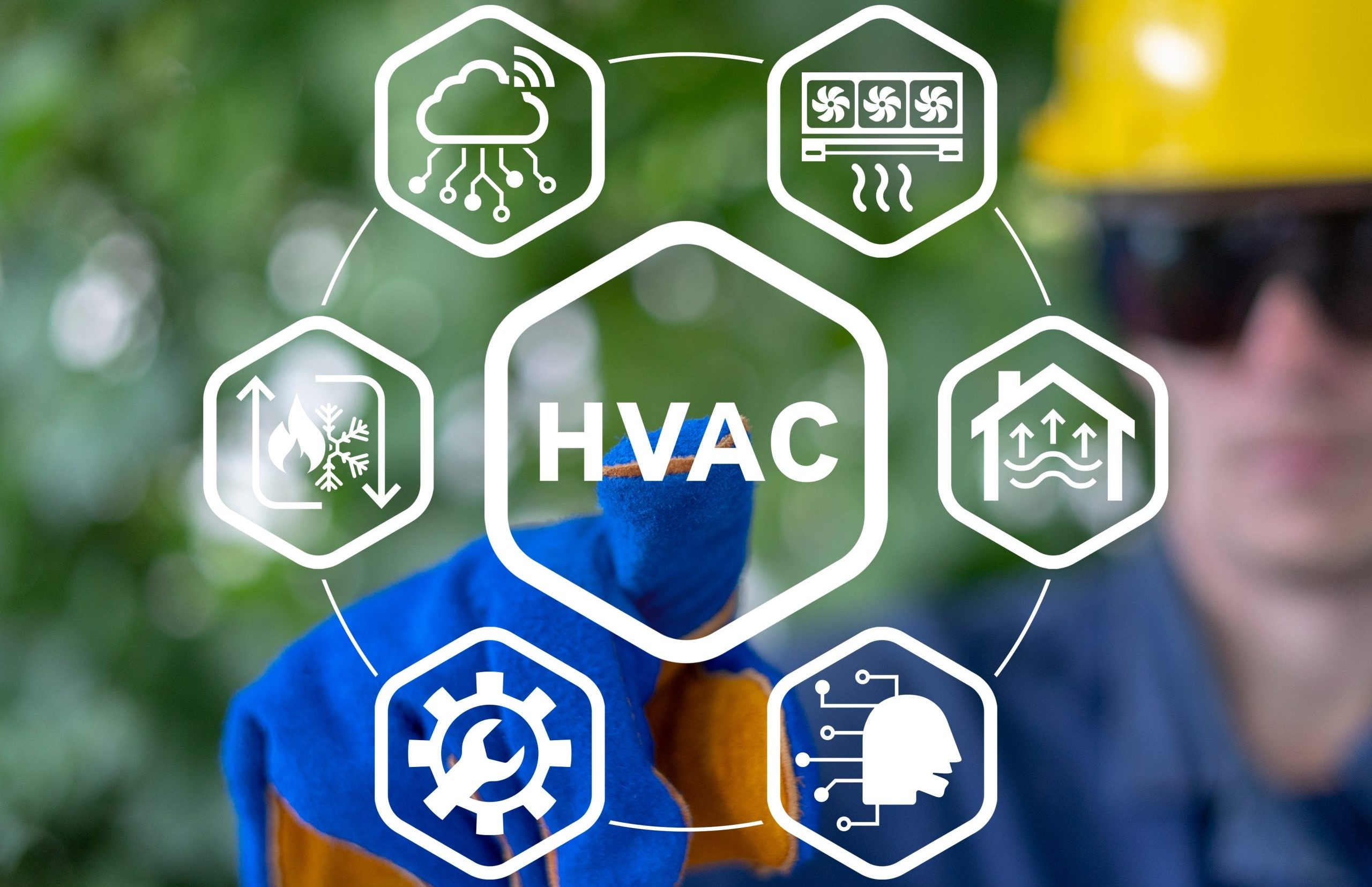
By selecting the right materials (e.g., titanium for corrosion resistance, EPDM for high temperatures) and optimizing design, PHEs maximize energy efficiency, lifespan, and cost savings, making them a cornerstone of modern HVAC systems.
Our Core Strengths
In the petrochemical industry, equipment needs to withstand high temperature, high pressure, corrosion, scaling and other multiple tests. We are the preferred supplier of heat exchanger solutions for harsh working conditions due to the following core advantages:
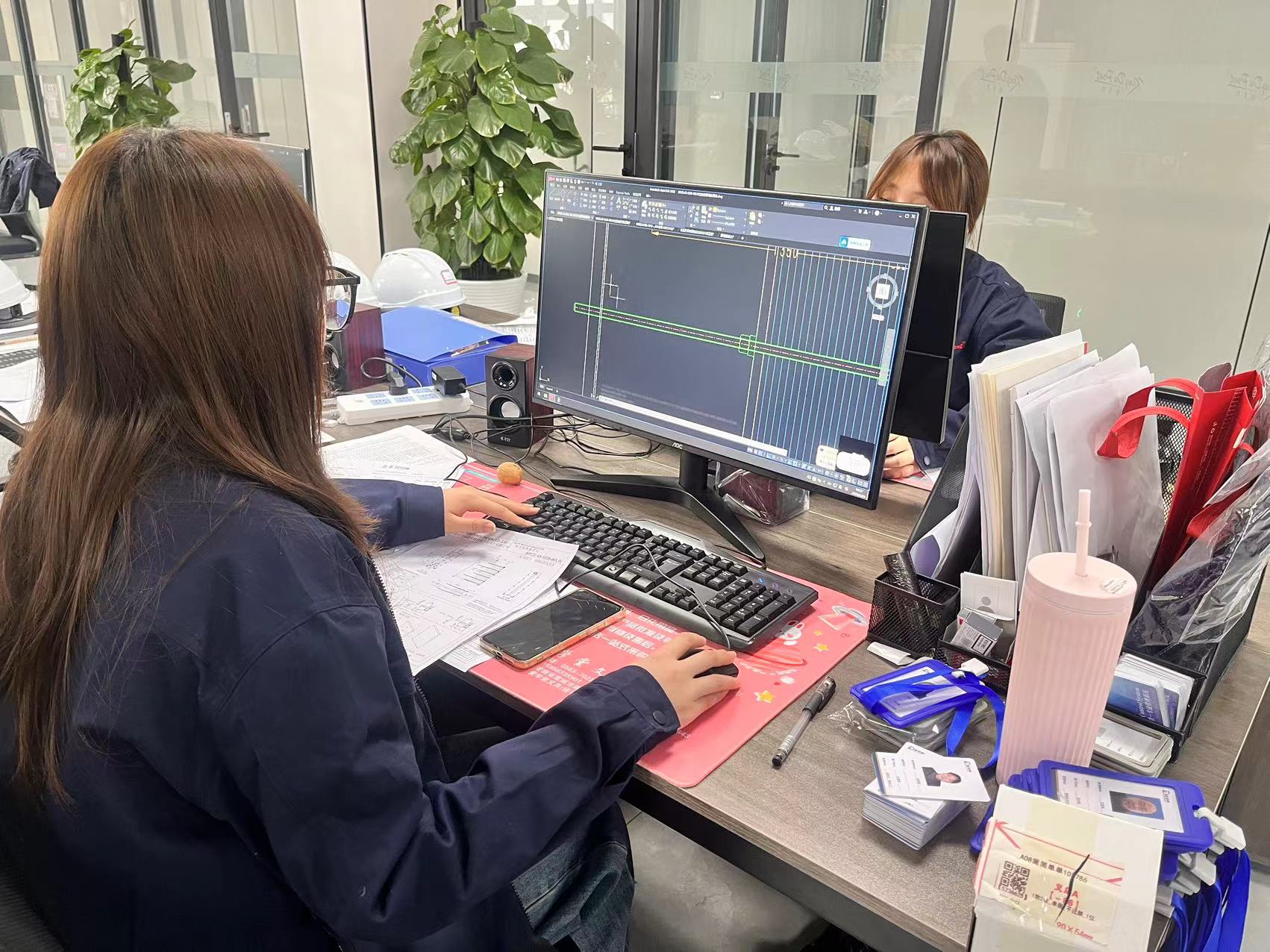
Optimized heat transfer solutions according to petroleum/chemical process requirements
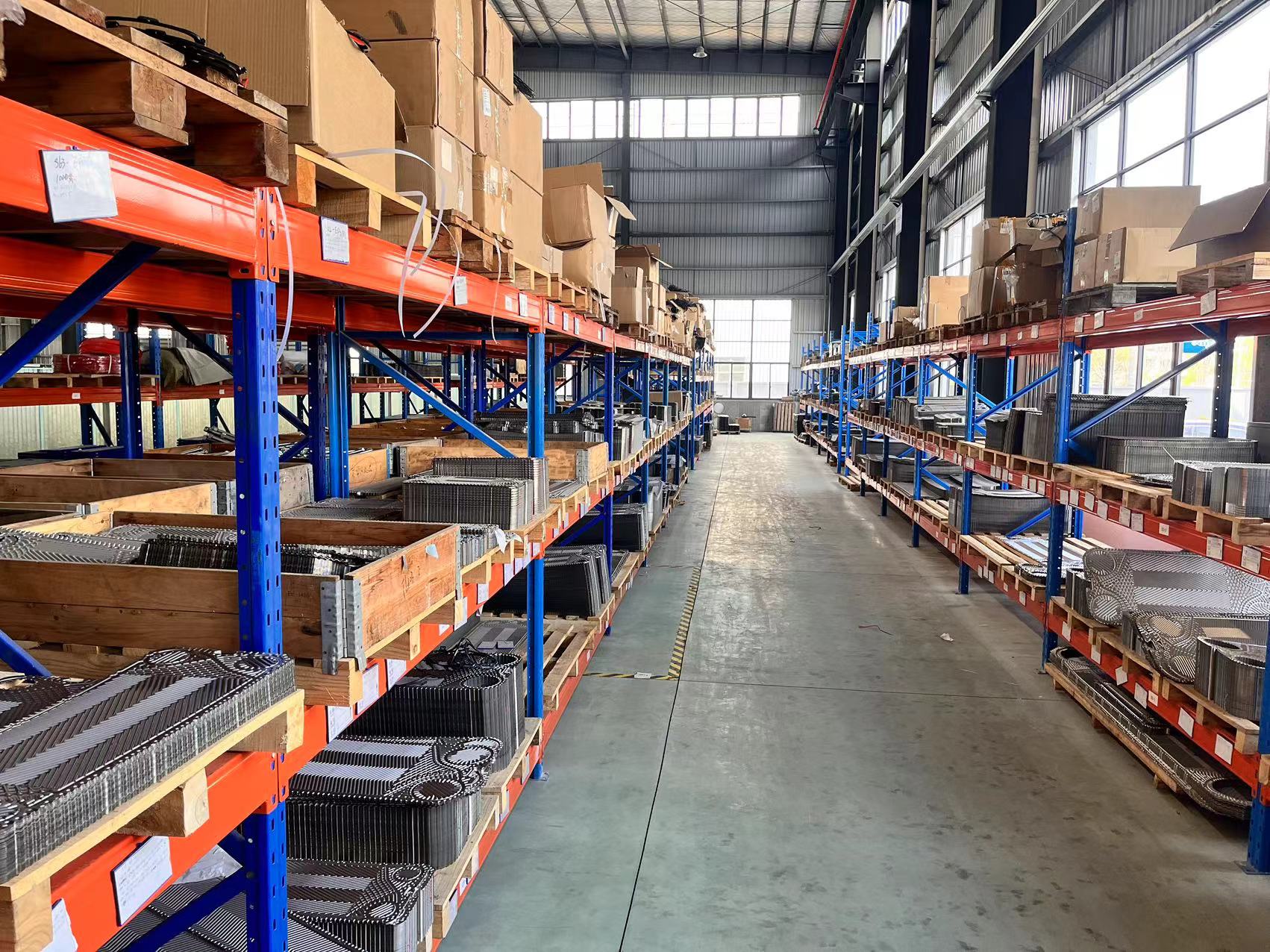
Full range of plate heat exchangers, condensers, evaporators, etc.
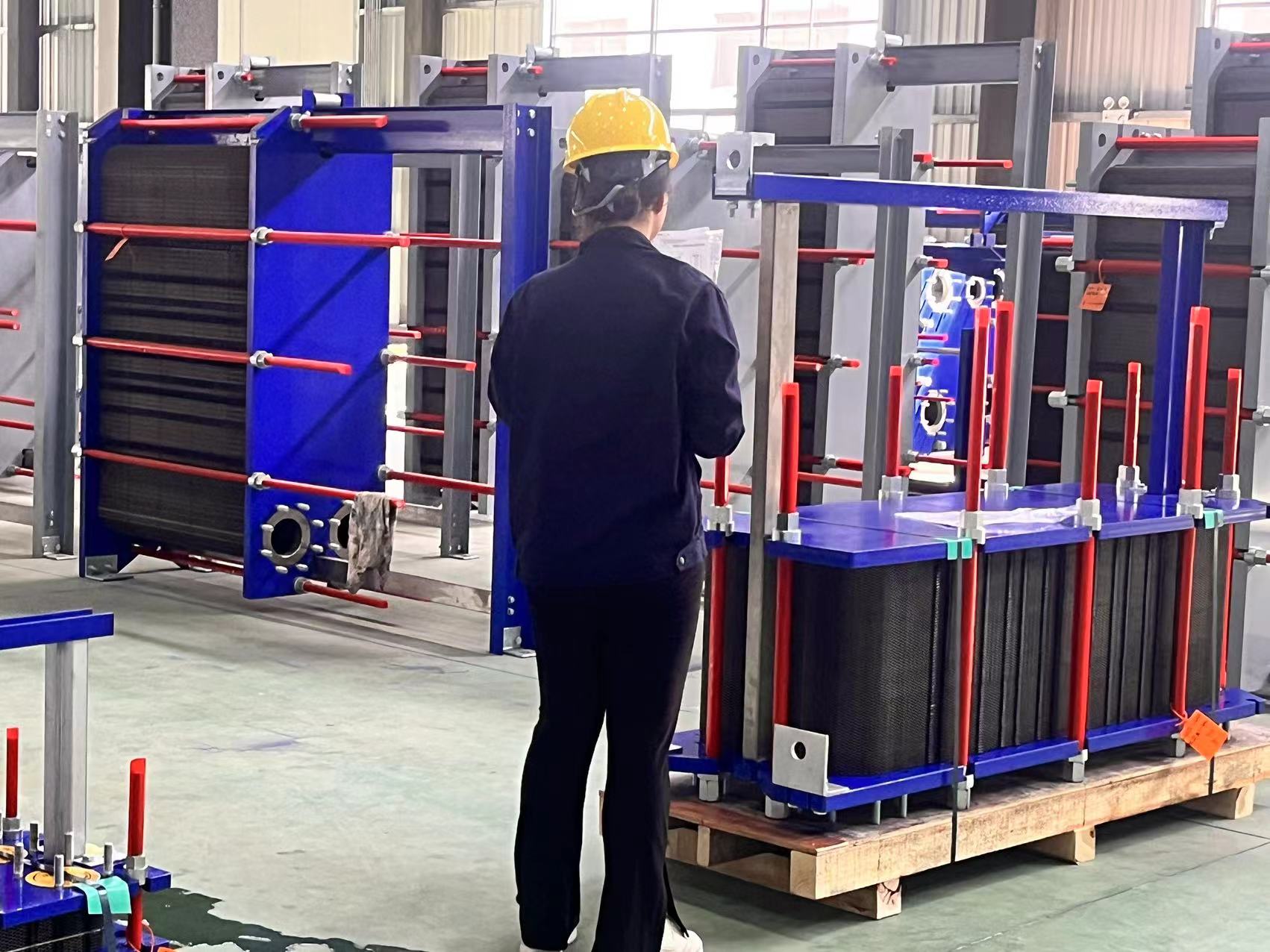
Strict quality control, adapt to high temperature, high pressure and corrosive environment.
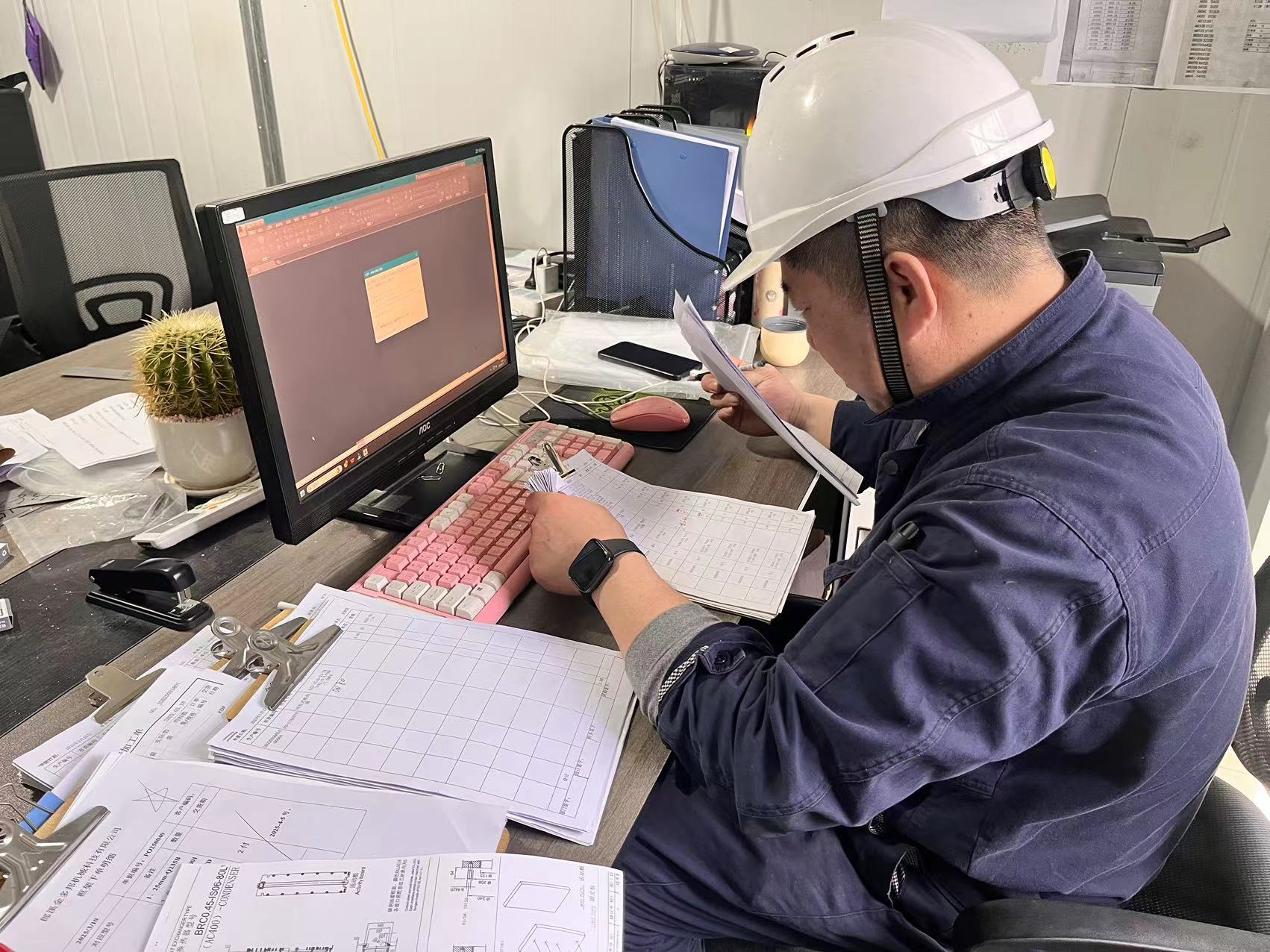
From selection to maintenance, to ensure long-term stable operation.

King DuPont, China famous brand of heat transfer and fluid handling supply platform.
Contact

Get Free Quotes
NEED TO CHAT?
We will get back to you within 24 hours of receiving the message.

